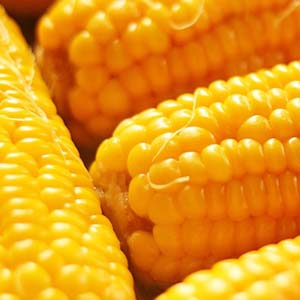The ability of crop models to predict soil organic carbon changes in a maize cropping system under contrasting fertilization and residues management: Evidence from a long-term experiment

HTML: 16
All claims expressed in this article are solely those of the authors and do not necessarily represent those of their affiliated organizations, or those of the publisher, the editors and the reviewers. Any product that may be evaluated in this article or claim that may be made by its manufacturer is not guaranteed or endorsed by the publisher.
This study assesses the ability of an ensemble of crop models (MME) to predict the impacts of fertilization and crop residue management on soil organic carbon (SOC) and aboveground biomass (AGB) in a long-term experiment (LTE) based on continuous maize cropping systems. Data from a LTE in Northern Italy were used. Treatments included continuous grain (MG) or silage (MS) maize, fertilized with mineral, cattle slurry, and farmyard manure. The MME median resulted the best predictor of the observed values. Models performance was better when simulating MG than MS, and for crops treated with mineral compared to organic fertilizers. The ability to predict the dynamics of SOC was affected by the model used and by the year × residues management and year × fertilizer interactions. The model and the residue × fertilizer interaction affected the ability to simulate AGB dynamics. Results showed that a MME can effectively predict the long-term dynamics of SOC and maize crop production under contrasting fertilization and crop residue management, and thus their potential for climate change mitigation. The uncertainty in the simulation of SOC is related to the model routines simulating SOC partitioning and to the complexity of the interactions between management factors over time.
Highlights
- A crop model ensemble was compiled to simulate soil organic carbon and maize aboveground biomass dynamics in a long-term experiment.
- The performances of stand-alone models and their ensemble were assessed under contrasting fertilization and crop residue management.
- The multi-model ensemble using the median value of simulation was the best predictor of the variables observed in the long-term experiment.
- Improved performances in simulations were observed when crop residues were incorporated into the soil, regardless of the fertilization management.
- The uncertainty in SOC simulation increased over time for cropping systems with silage maize and organic fertilization.
How to Cite

This work is licensed under a Creative Commons Attribution-NonCommercial 4.0 International License.
PAGEPress has chosen to apply the Creative Commons Attribution NonCommercial 4.0 International License (CC BY-NC 4.0) to all manuscripts to be published.

 https://doi.org/10.4081/ija.2022.2179
https://doi.org/10.4081/ija.2022.2179







